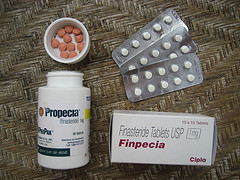The debate over the increased risk of bladder cancer while taking Actos remains consistent. As Actos bladder cancer lawsuits increase across the U.S., diabetic patients are continuously warned about the higher risk of bladder cancer while taking the prescription drug Actos (pioglitazone) for a long period of time. Actos is a once a day pill used to improve blood sugar control for patients with type 2 diabetes. In June 2011, the Food and Drug Administration (FDA) warned doctors and patients in the U.S. about the increased risk of bladder cancer while taking the medicine for over a year. The FDA issued this warning just two days after the drug was pulled off the shelves in France and Germany.
Based off of data collected from the first five years of a 10-year study taken by Takeda, the makers of Actos and the largest pharmaceutical company based in Japan, results showed that “patients with the longest exposure to and the highest cumulative dose of the drug were at greater risk for bladder cancer”(European Medicine Agency – EMA). Though not all patients qualify in this category, this is still a very serious side effect for many.

Today, more and more Actos lawsuits are piling up. Takeda has suffered a severe loss in sales as the warning continues to spread across the U.S. Doctors are encouraged to prescribe other medications for their patients unless all other medications have failed. The FDA is still seeking more results from the study and will continue to update the public.
—–
 Fort Worth Injury Lawyer Blog
Fort Worth Injury Lawyer Blog






